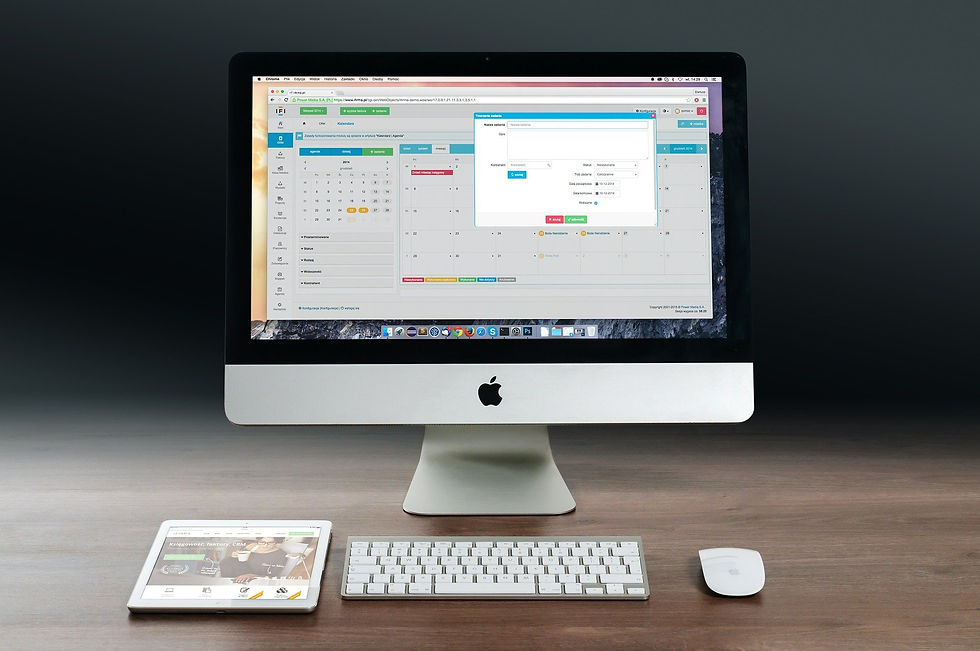Photo by Clint Patterson on Unsplash Hey Business Leaders! Remember the good old days when all your...
Making Device Management Simple and Safe

Running a business isn’t easy. Once you think you have your systems all figured out, and you’re ready to rock, something in your industry changes, or your business starts growing, and you find yourself back at square one.
While businesses will always be evolving, one thing that won’t change is the need for you to manage your company's devices. Device management is the process of ensuring your company's assets are accounted for, deployed, maintained, upgraded, and even disposed of when the time comes.
Put simply, it’s making sure that the valuable items in your organization are tracked and being used properly.
What devices are we talking about?
So, what counts as a device? When we think about device management for your company, it includes all hardware and software systems or information your company values.
In the past, IT departments could control assets within their domain. Now, an organization’s device management practice extends beyond the hardware issued with an official IT stamp of approval. You most likely have some mix of given hardware and software, with a BYOD (bring your own device) policy as well. Check out our blog specifically on BYOD HERE.
At the same time, subscription-based software and employees’ expectations to customize the tools they work with through marketplaces and app stores present new device management challenges. Modern businesses require that IT teams be flexible and adapt their device management process to enable them to succeed in their mission.
Ok, I’m into Device Management. What happens now?

In our experience, taking an asset inventory is the first step to get a better understanding of what and where your costs are coming from. Then, it’s possible to map asset lifecycles and evaluate costs, and put together a plan for your business to save money and be more efficient.
This first step starts off relatively simply. We check for:
-
what assets the company owns
-
where they are located
-
what condition they are in/maintenance schedules
We do this because not knowing these three things could potentially lead to financial loss, administrative burdens, or even tax/legal trouble for your company.
What if my company’s needs evolve to more than physical hardware?
As IT continues to evolve, reliance shifts increasingly to software vendors for critical services, and it’s necessary to track changes in increasingly dynamic cloud environments. As your asset management adapts, so do we. In fact, it’s important that you choose the tools that can best enable collaboration with your team and IT partner so we can evolve with you.
We also know that every organization is different. Maybe you need to map complicated dependencies across your business. You might want to keep record of intangible assets like licenses and compliance documents to reduce risk. On the opposite side, maybe your requirements are simpler and just involve tracking an inventory of computers. We have seen it all and have you covered!
Final thoughts
Tracking your assets can really help your company get the most out of the resources that you have on hand. By tracking your assets, you can make sure nothing sits idle for long, nothing goes missing, and everything that needs to be maintained is maintained.
If you or your business needs to keep track of and manage equipment or devices, contact us today to make your device management simple and safe while saving you money!



